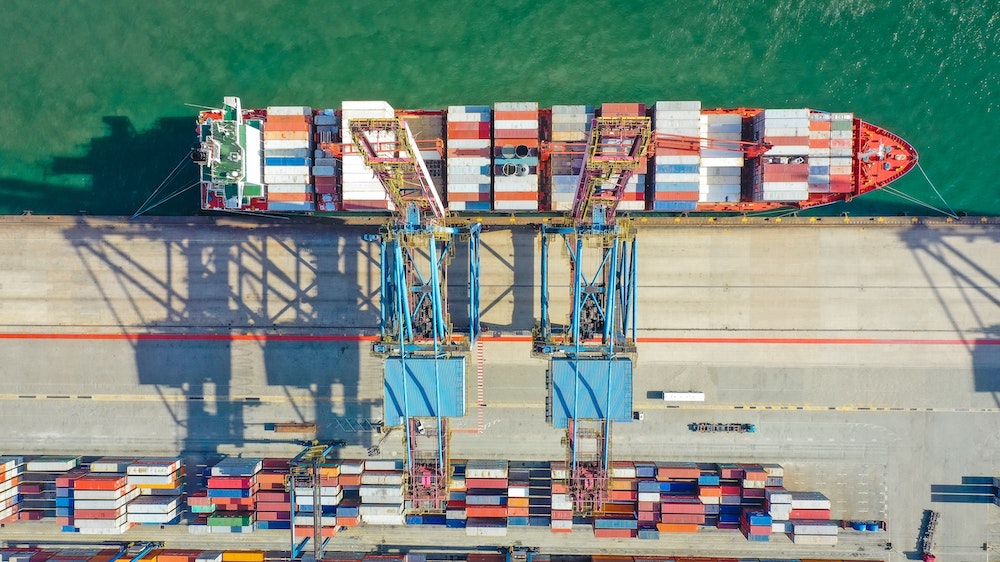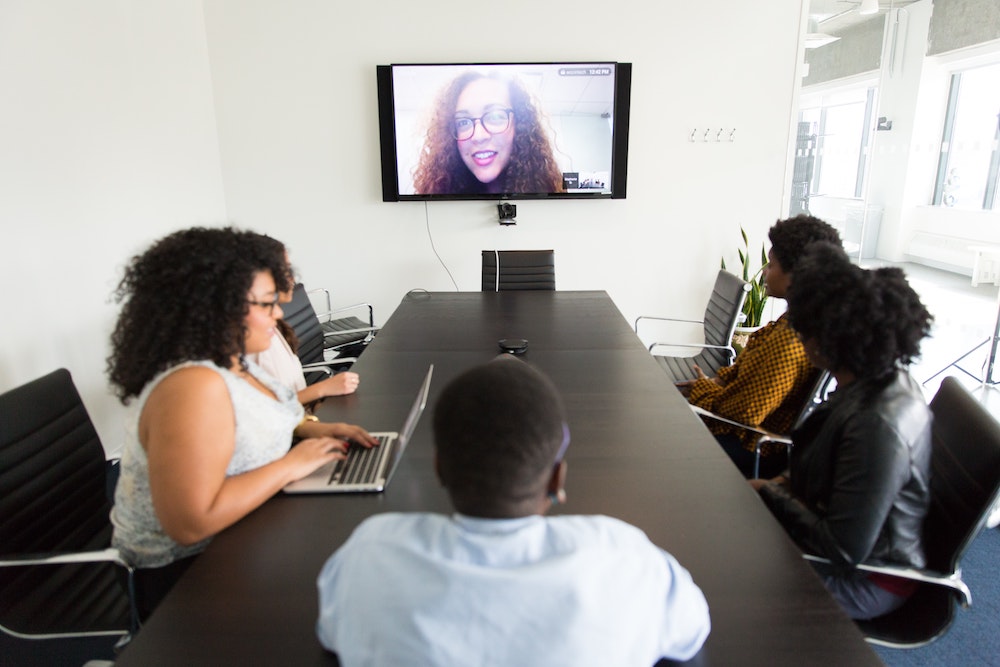DEVELOPMENTS
COVID-19 Demands New Thinking on Local Content in Oil, Gas, and Mining
Apr 12, 2020
In upending the supply chain world order, the pandemic will redefine how we source goods and labor
Even in the throes of what is perhaps the most severe economic shock in a century, there is little doubt that the crisis will bequeath a “new world order” when it comes to supply chain management. For policy makers, corporate leaders, and supply chain managers, the key will be to ensure that we neither over-react nor return to the status quo. Getting that balance right will be the difference between winning and losing the war against COVID-19 for many countries and companies.

The world learned an important lesson from the 2008–2009 financial crisis: namely, that a pathogen let loose in one part of the economy—in this case, finance and banking—in just one country—in this case, the United States—can lead to a contagion that infects the entire world. One of the major consequences of the 2008–2009 crisis was that major banking institutions dialed back their lending across borders, leading companies and governments to raise more of their own debt (bonds) or rely on more “local” banking systems for capital. In the past three years alone, the amount of money crossing borders has been reduced by about half, with major international banks selling most of their assets outside of their home countries.
This reaction was the first move toward a form of “localization,” albeit one focused on capital. Today, much as the 2008 crisis did for the flow of capital in the financial sector, COVID-19 has challenged our model for sourcing goods and labor in global supply chains. It is forcing us to come up with new solutions on how to safeguard the supply of goods and services—both of which depend on a healthy workforce—in the face of a health crisis that brings commerce and industry to an abrupt halt. We must now start to frame out new approaches to oil, gas, and mining supply chain management that acknowledges the risks associated with new global economic threats such as COVID-19—and other pandemics yet to be born.
A New Era: Local Content Practice in the Age of COVID-19
Over the past decade and a half, we have seen a steadily increasing push for more localization in the sourcing of goods, services, and labor—particularly, in frontier markets, as new oil and gas investments came on line. Countries have promulgated “local content” laws, regulations, and policies either to mandate or incentivize multinational companies to build up local enterprises and open new job opportunities for locals. These local content initiatives range from prescriptive primary legislation to more collaborative public-private efforts to balance appropriately local economic development with the need to tap the global suppliers and labor that make an investment commercially viable.
Put simply, the metrics and factors we formerly used to determine what should be invested in and sourced locally, and what should remain international, need a rethink. Some elements should remain the same, but we will need to incorporate new variables in crafting our local content strategies.
Stay True to the Principle of “Optimization”
In a post-COVID world, the socio-economic challenges that confront the global locations where oil, gas, and mining companies are investing will likely be exacerbated as the virus wreaks its economic havoc. Nevertheless, we should stay true to the principle of “optimization.” In a world characterized by travel bans, international lockdowns, and stalled trade—the WTO just warned that global trade could fall by up to 32 percent—local content practitioners might be attracted by the prospect of sourcing everything locally in order to hedge against health crises.
But that swing of the pendulum would be a swing too far. We must instead adhere to the discipline of finding the optimal balance between sourcing globally and locally. The big difference now, however, is that our calculus for optimization must take into consideration new value and cost drivers related to the risks associated with pandemics and their impact on business continuity.
New Factors in Optimizing Local Content
Pre-COVID, “optimizing” the balance between global and local largely meant making trade-offs between short- and long-term costs, quality of product and service, and capacity to deliver the right volume at the agreed time. One factor that has increasingly shaped thinking around this balancing act is the longer-term view of the role multinational companies can play as socio-economic development partners to their host countries. Forward-thinking companies are increasingly ready to pay a risk premium to subsidize the development of local suppliers, with the expectation that these local partners will eventually become competitive against their global peers. Likewise, using local talent, although it requires greater upfront training and investment, usually makes long-term commercial sense.

Companies must now add into this mix the costs entailed in hedging against pandemic-driven disruptions to the movement of people and goods. Unlike any precedent we have seen, the impact of COVID-19 on the labor force is skill-agnostic, precludes business-as-usual working, and prohibits travel to our places of work, regardless of location around the world. Pandemic risks must now be factored into the upfront cost of investing in local supply chains at the early stages of investment assessment. And when looking to optimize (not maximize) local sourcing, companies now need to assess how vulnerable their supply chains are to disruption based on a health crisis—locally, regionally, and globally. These vulnerability scores should be grounded in metrics that measure the impact of the crisis on the supply chain category. Among factors to be considered:
- Mobility in response to the crisis (ability for people to move about or not); time to recovery for an affected individual;
- Remote-work capability/reliance on digital technology;
- Ability to scale-up/down quickly; and
- Availability of skill.
Together, these metrics would be scored and given a vulnerability rating indicating the risk to business operations should a health disruption occur.
Landing on a New “Optimal” for Local Content and Reprogramming
Having a clearer view on supply chain vulnerability to health crises gives us a new set of metrics on which to base our optimal balance of local versus global sourcing in any given market. It could lead us to rethink, for example, the commercial reasons to invest in building out or strengthening a local supply chain—on the grounds of insuring against global health risks. In other cases, the results may inform a sourcing strategy that seeks to open up a more diverse supply of goods and labor from multiple locations; it may be that managing multiple suppliers is now less costly, when adjusted for new global health risks, than streamlining procurement through one major supplier.
Moving Forward, Now
Companies should not wait for this current pandemic to run its course before launching this rethink—and they certainly shouldn’t wait for the next global health threat to force their hand. Instead, corporate supply chain and procurement departments need to reengineer their supply chains for the new world order in which we now must do business.
In the past 10 years alone, we have seen at least half a dozen epidemics—MERS, Ebola, Zika, Chikungunya, Dengue Fever, and now COVID-19—that have had significant economic impact at the global, regional, and local level, each superseding the former in severity and gravity. These epidemics and pandemics are now part of our global economy. We must invest in building our supply chain antibodies to fight off the next plague when it comes.